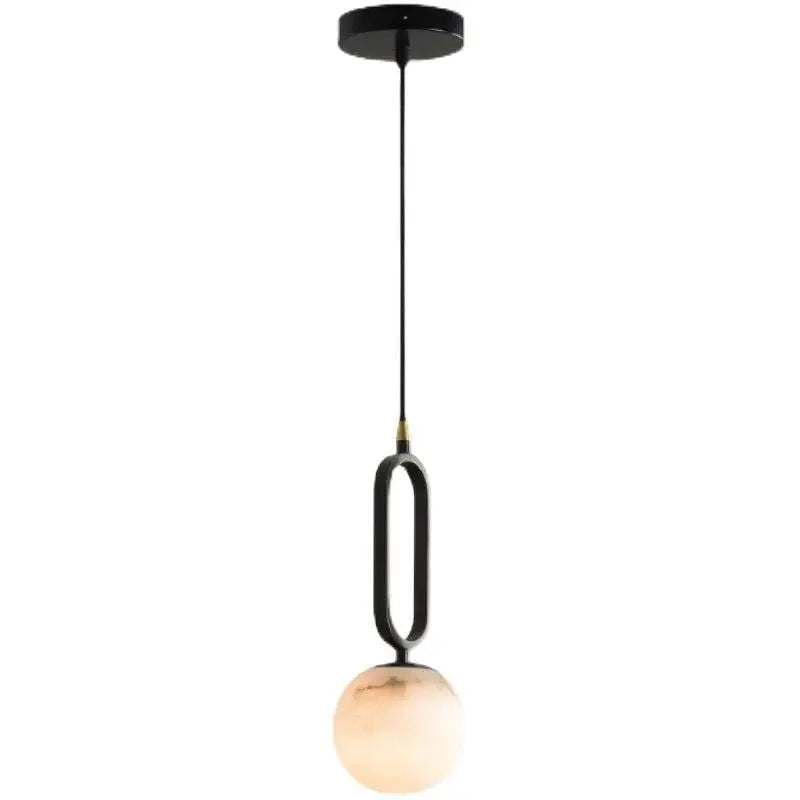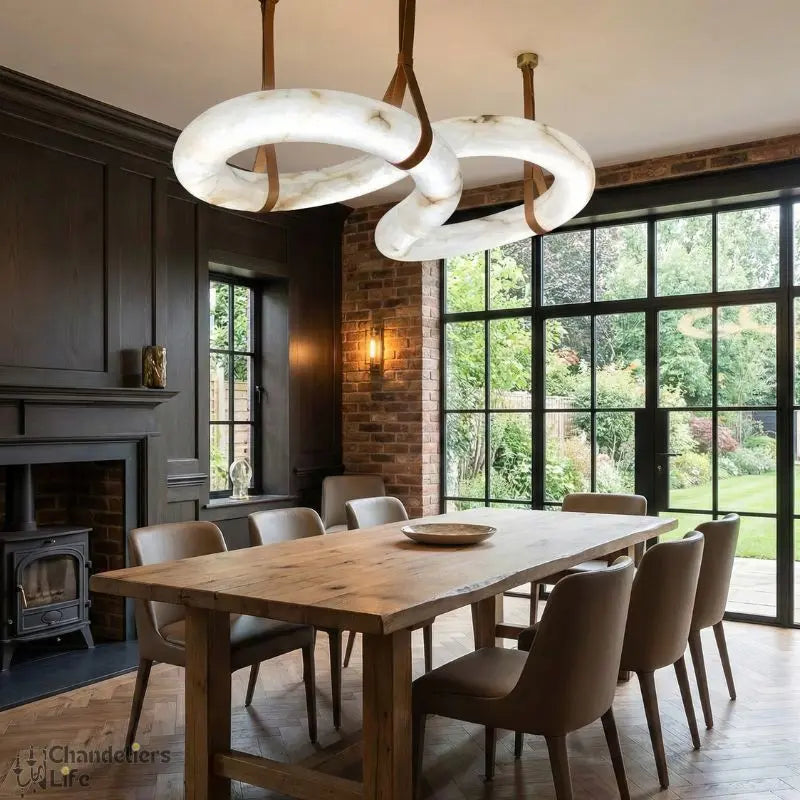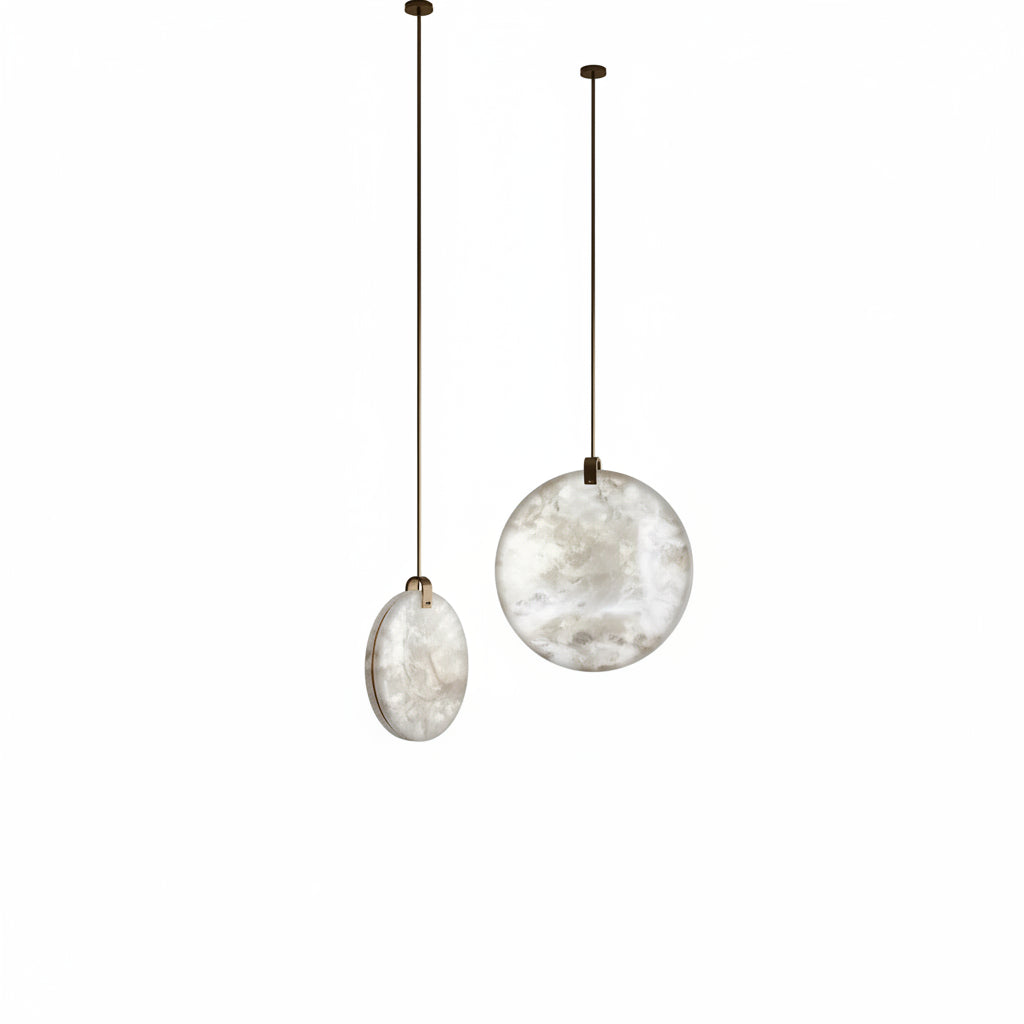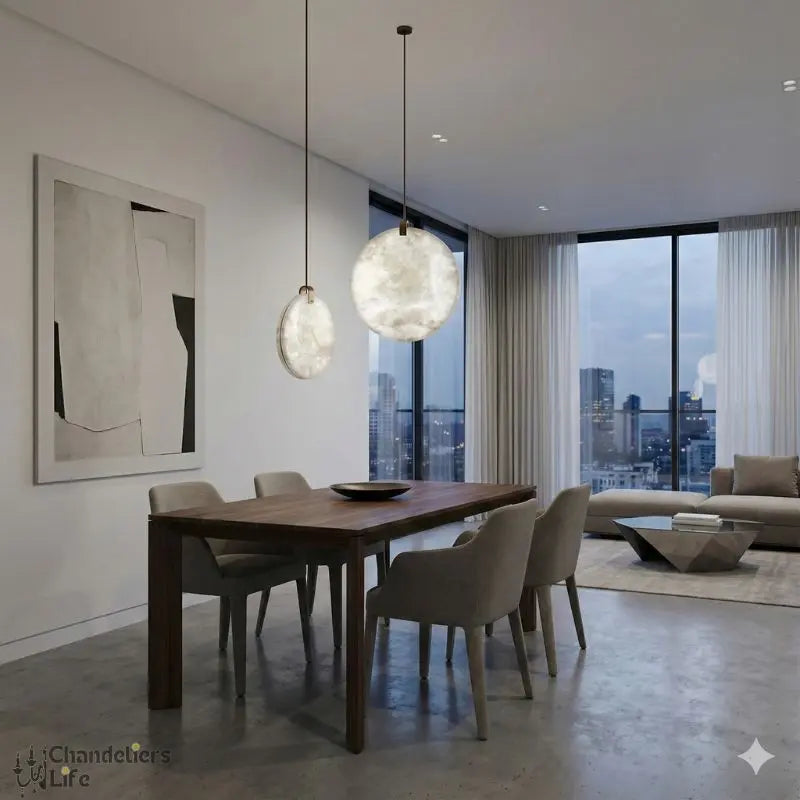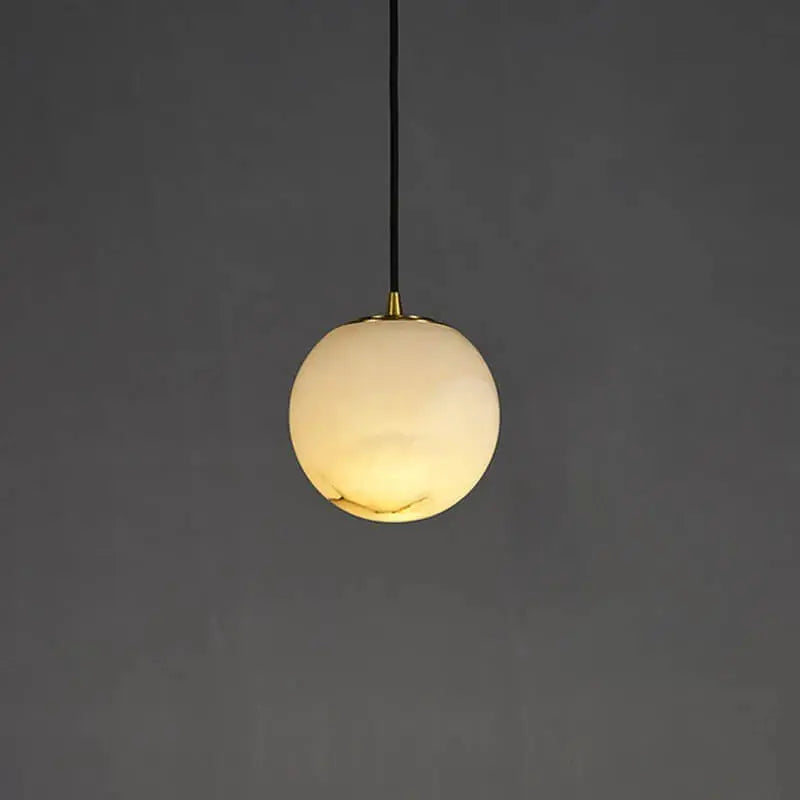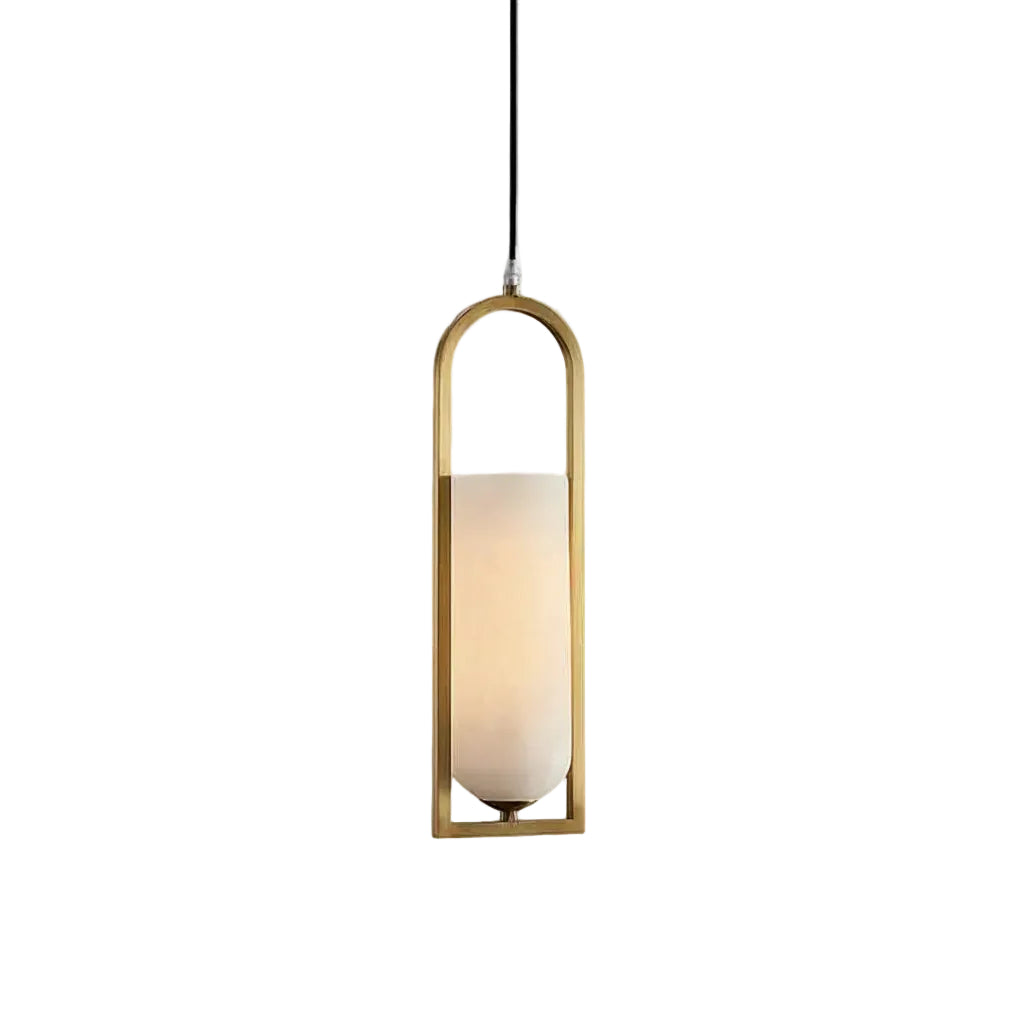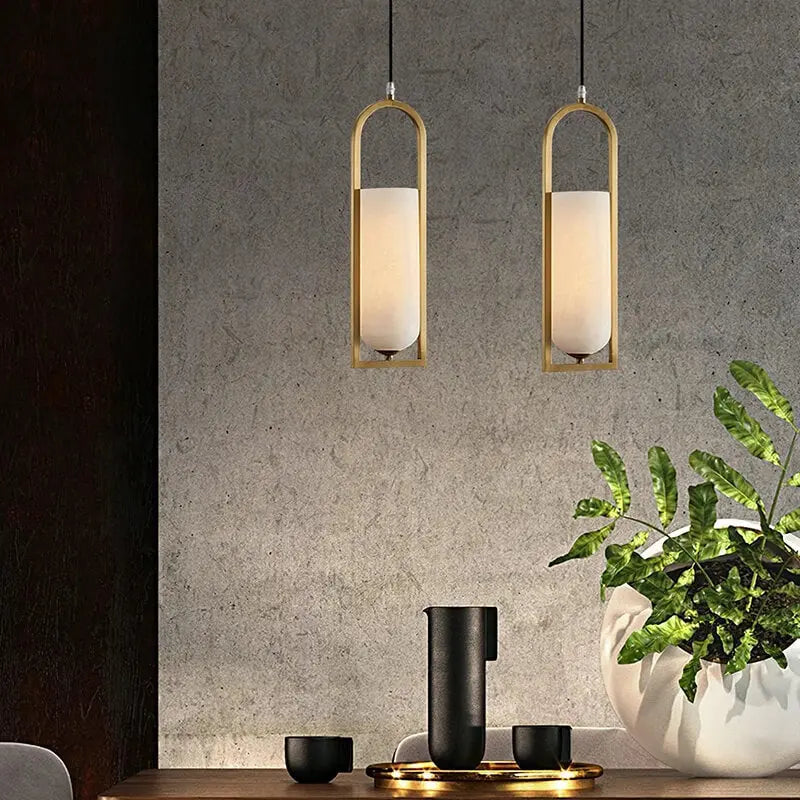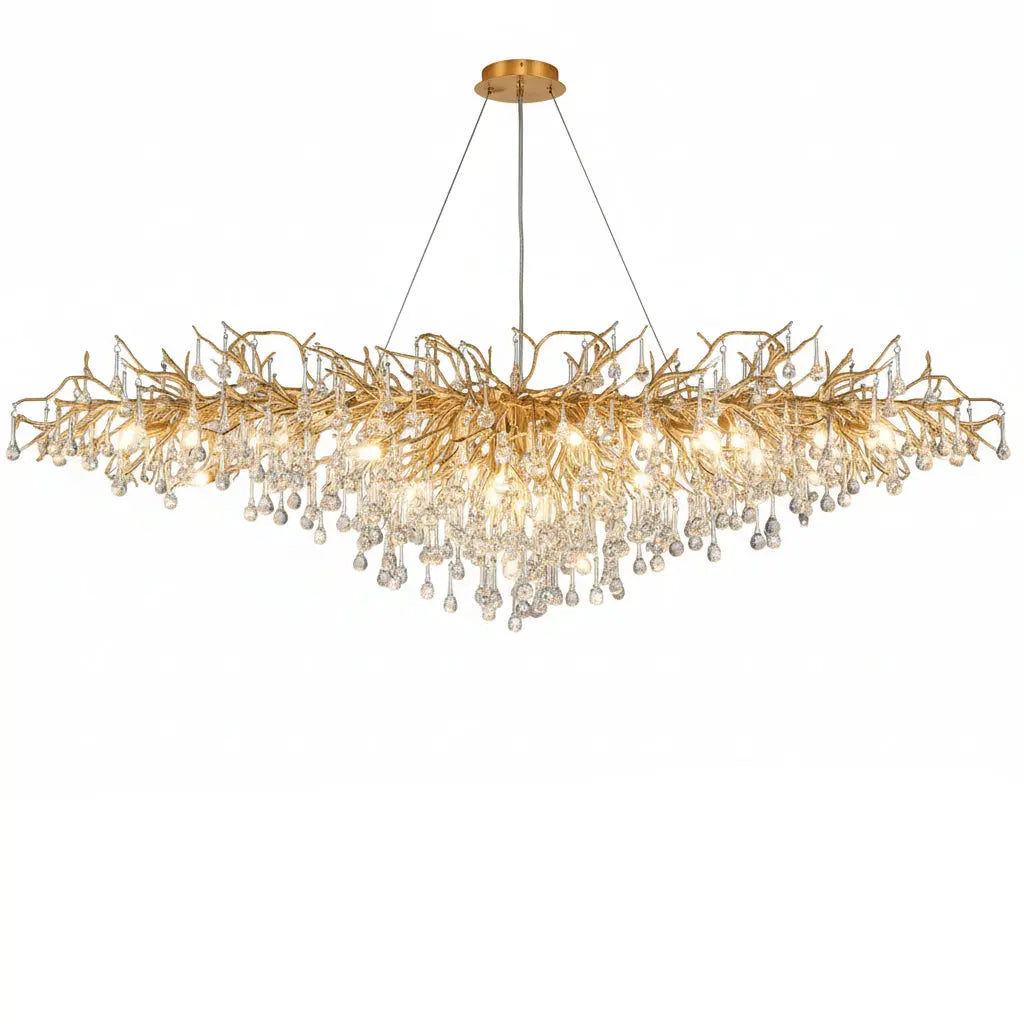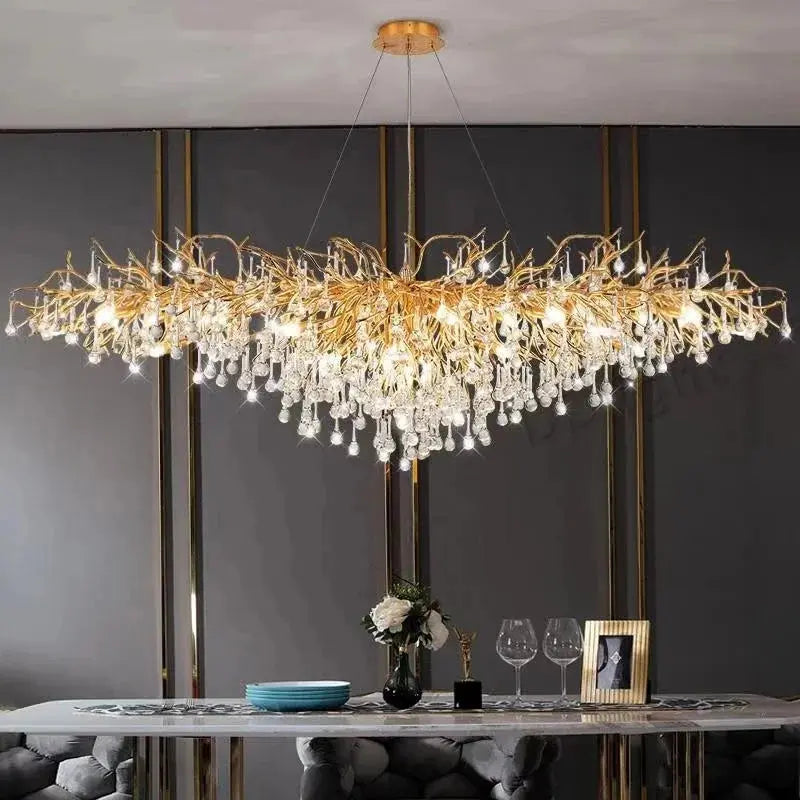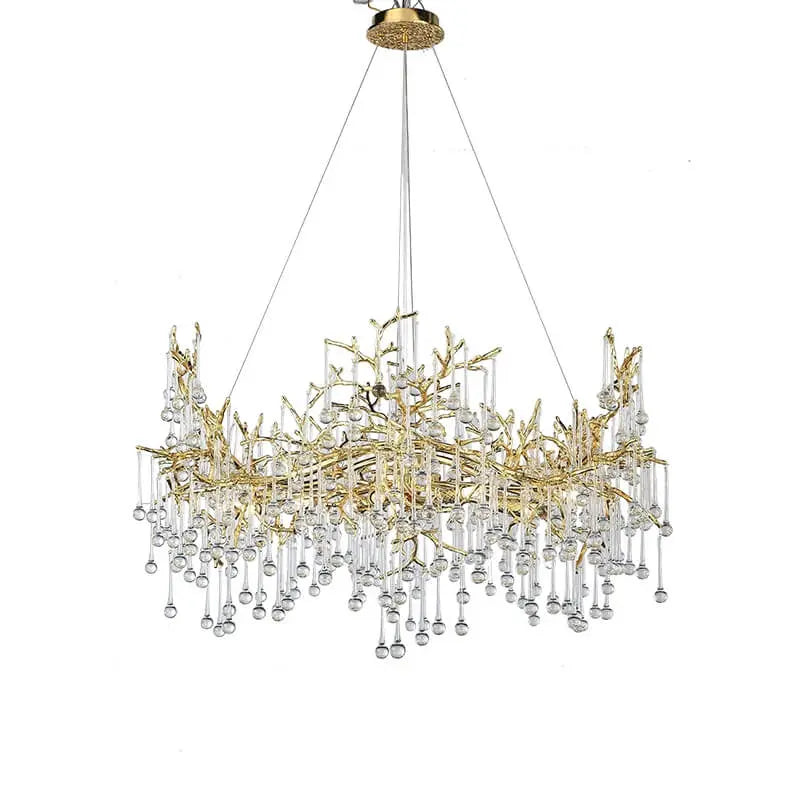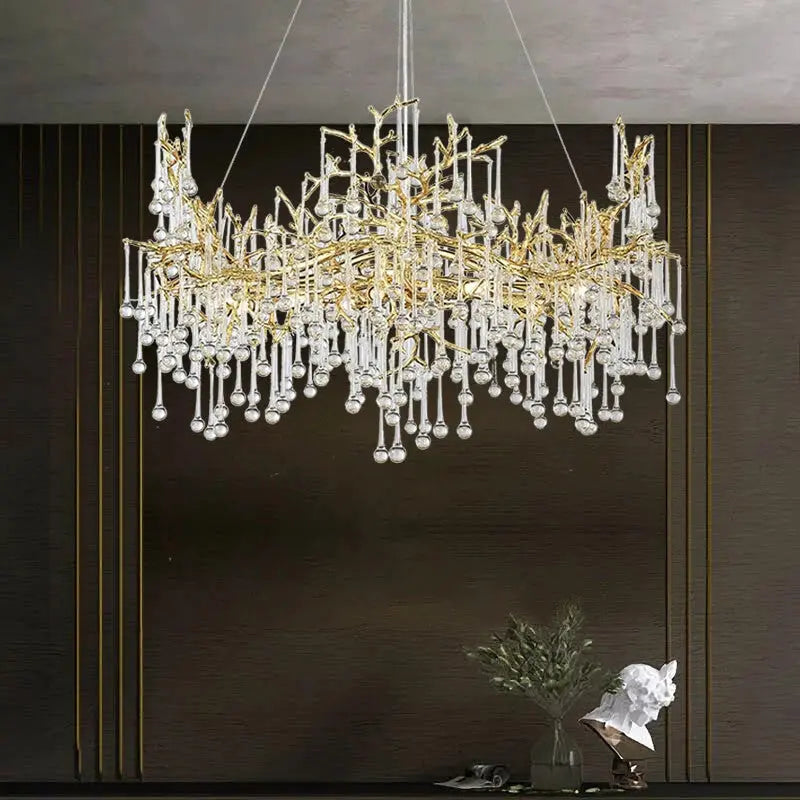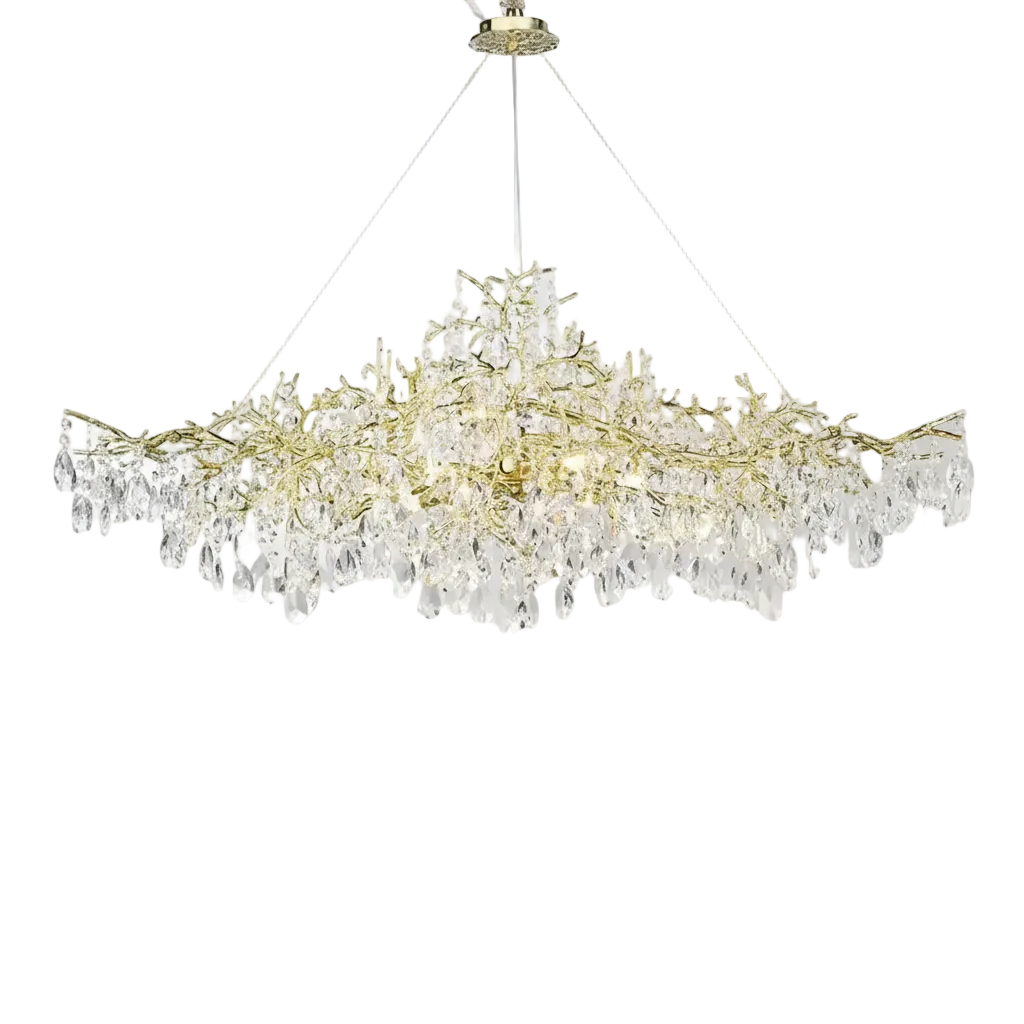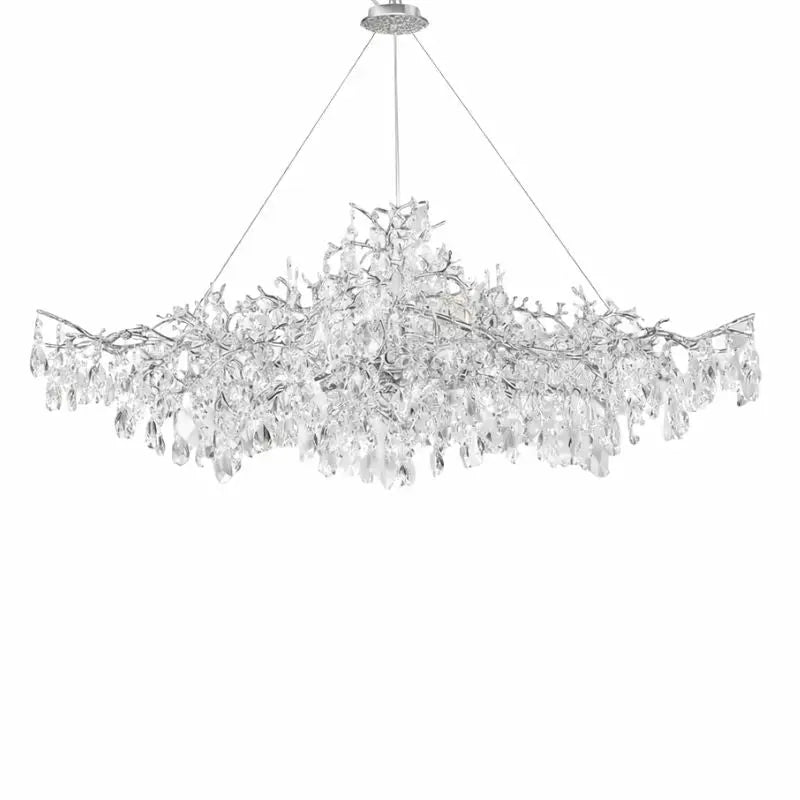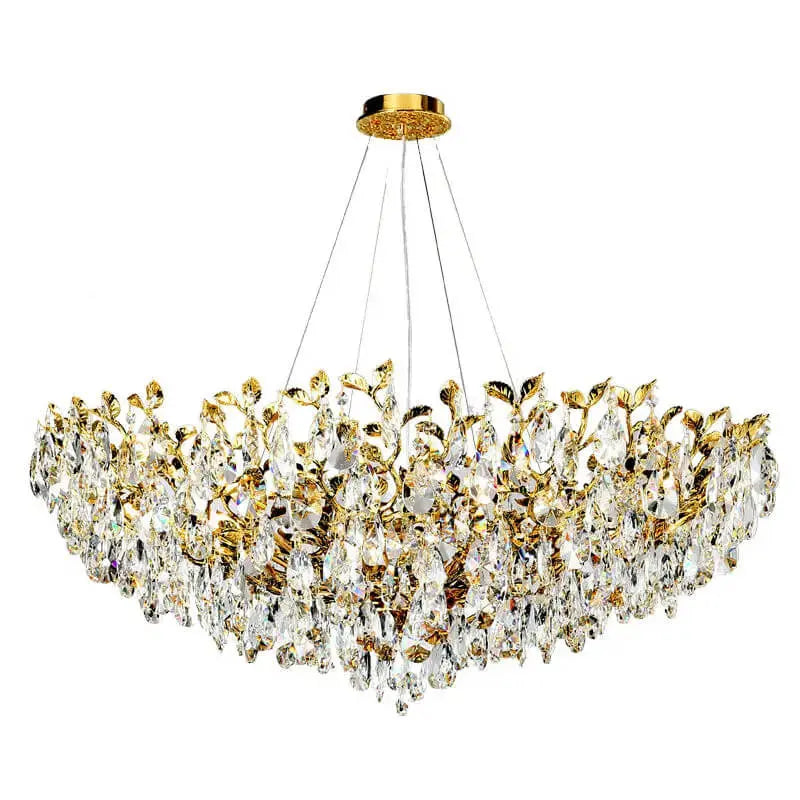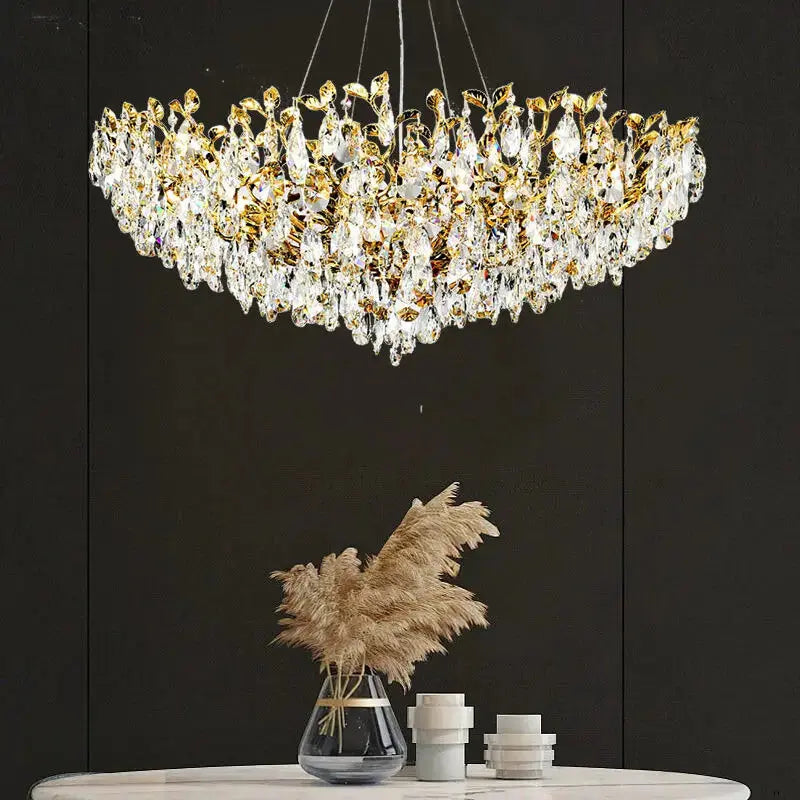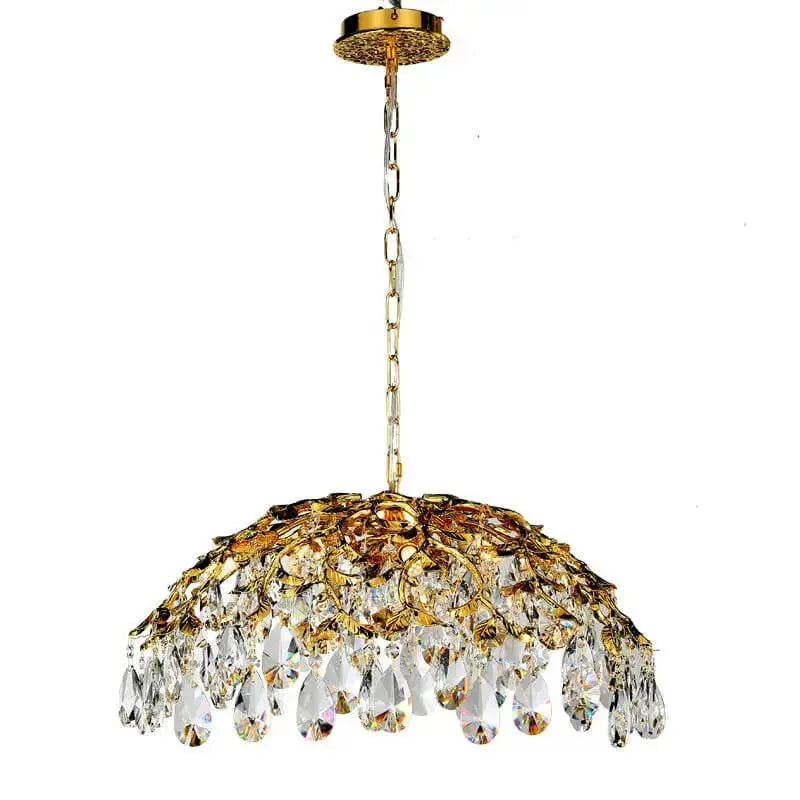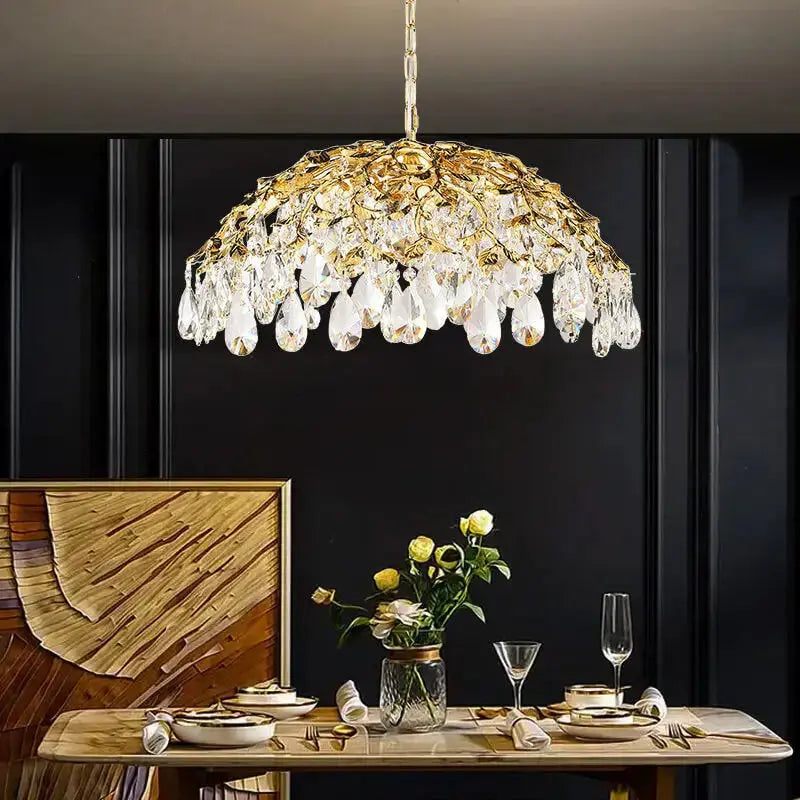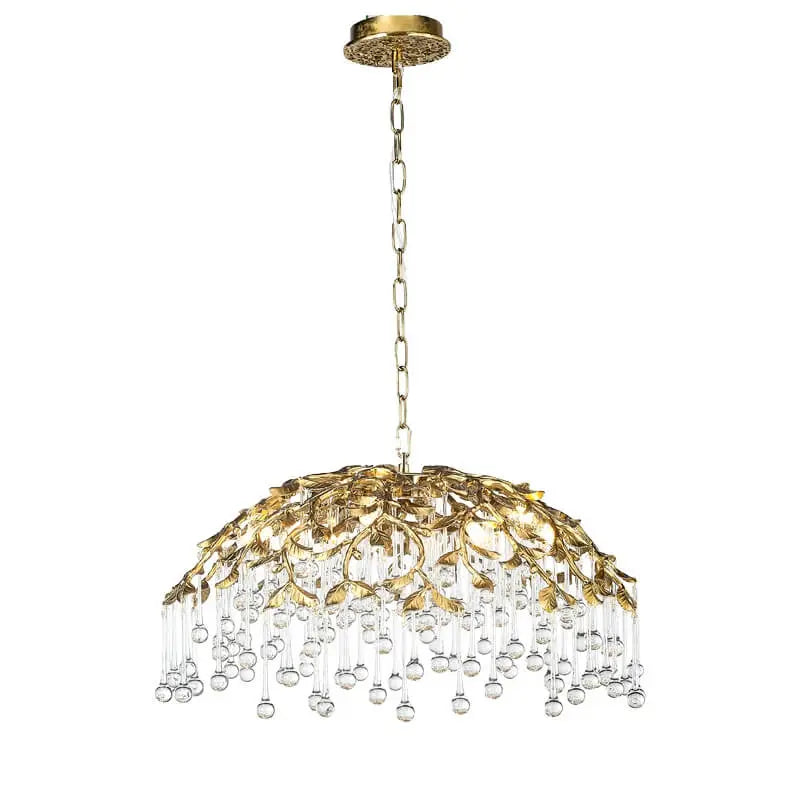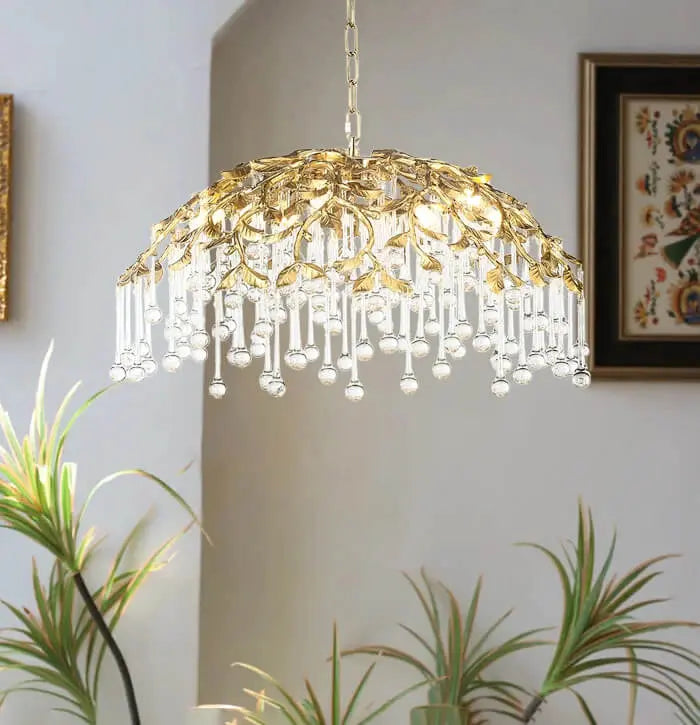Transforming your home with smart lighting can be a fun and easy way to elevate your living space. With the right smart light fittings, you can control the ambiance, save on energy costs, and even enhance your home security. This guide will walk you through everything you need to know about choosing, installing, and using smart lights to make your home smarter and more efficient.
Key Takeaways
- Smart lighting can completely change the atmosphere of any room.
- Choosing the right smart light fitting involves understanding different types and brands.
- Proper installation is key to avoiding common mistakes and ensuring functionality.
- Smart lights can save energy and reduce long-term costs.
- Integrating smart lights with other smart home devices offers added convenience and security.
Choosing the Right Smart Light Fitting for Your Space
Understanding Different Types of Smart Lights
Smart lighting comes in various forms, each with unique benefits. Smart bulbs are easy to install and can change colors and brightness. Smart switches replace traditional switches and can control multiple fixtures. Smart plugs are perfect for controlling lamps and small appliances.
Factors to Consider When Selecting Smart Lights
When choosing smart lights, think about your needs. Do you want to control the lights with your voice or a smartphone app? Consider the room's size and purpose. For example, in a small dining room, you might want dimmable lights to create a cozy atmosphere. Also, check if the lights are compatible with your existing smart home system.
Top Brands and Products to Explore
There are many brands to choose from. Philips Hue offers a wide range of smart bulbs and accessories. LIFX is known for its vibrant color options. If you're looking for something elegant, explore a stunning collection of alabaster chandeliers. Each brand has its strengths, so pick one that fits your style and needs.
Installation Tips for Smart Light Fittings
Tools and Materials Needed
Before you start, gather all the necessary tools and materials. You'll need:
- Screwdrivers (flathead and Phillips)
- Wire strippers
- Voltage tester
- Electrical tape
- Ladder
- Smart light fitting kit
Having everything ready will make the process smoother and safer.
Step-by-Step Installation Guide
- Turn off the power: Safety first! Switch off the power at the circuit breaker to avoid any electrical hazards.
- Remove the old fixture: Carefully take down the existing light fixture. Use a voltage tester to ensure no electricity is flowing.
- Prepare the wires: Strip about half an inch of insulation from the wires. Twist the exposed ends to ensure a good connection.
- Connect the new fixture: Follow the manufacturer's instructions to connect the wires from the smart light fitting to the wires in your ceiling. Typically, this involves matching colors: black to black, white to white, and green or copper to the ground wire.
- Secure the fixture: Attach the smart light fitting to the ceiling using the provided screws. Make sure it's firmly in place.
- Turn the power back on: Switch the power back on at the circuit breaker and test your new smart light fitting.
Common Installation Mistakes to Avoid
- Not turning off the power: Always ensure the power is off before starting any electrical work.
- Incorrect wire connections: Double-check that all wires are connected correctly to avoid malfunctions.
- Skipping the voltage test: Use a voltage tester to confirm there's no live current before touching any wires.
- Improper fixture mounting: Make sure the fixture is securely attached to avoid it falling.
Bold: Safety first! Switch off the power at the circuit breaker to avoid any electrical hazards.
By following these steps and avoiding common mistakes, you can successfully install your smart light fitting and transform your space with ease.
Enhancing Home Ambiance with Smart Lighting
Creating Mood Lighting for Different Rooms
Smart lighting can transform any room into a cozy haven. By adjusting the color and brightness, you can create the perfect atmosphere for any occasion. For example, a warm 2700K glow can make your living room feel inviting and relaxing, ideal for a minimalist living room decor. In contrast, a cooler 5000K light is perfect for a home office, boosting productivity and focus.
Using Color and Brightness to Set the Scene
With smart lighting, you can easily change the mood of a room. Use soft, dim lights for a romantic dinner or bright, vibrant colors for a party. Smart bulbs allow you to experiment with different living room color schemes without committing to a single one. This flexibility is perfect for those who love to frequently update their home decor.
Automating Lighting for Daily Routines
Imagine waking up to a gentle sunrise simulation or having your lights automatically dim as you wind down for the night. Smart lighting can be programmed to match your daily routines, making your life easier and more comfortable. This is especially useful for creating a relaxing bedtime environment in a boho bedroom decor or ensuring your kitchen is well-lit for morning coffee in a modern farmhouse kitchen decor.
Smart lighting is not just about convenience; it's about creating a home that adapts to your lifestyle and enhances your well-being.
Energy Efficiency and Cost Savings with Smart Lights
How Smart Lights Save Energy
Smart lights are designed to be energy-efficient. They often use LED technology, which consumes less power than traditional bulbs. LEDs can save you a significant amount on your energy bill because they use about 80% less energy than incandescent bulbs. Additionally, smart lights can be controlled remotely, ensuring they are only on when needed, further reducing electricity consumption.
Calculating Long-Term Cost Benefits
While smart lights may have a higher upfront cost, they offer long-term savings. Here's a simple comparison:
| Type of Bulb | Annual Energy Cost | Lifespan (Years) | Total Cost Over 10 Years |
|---|---|---|---|
| Incandescent | $7 | 1 | $70 |
| LED | $1 | 10 | $10 |
| Smart LED | $1.20 | 10 | $12 |
As you can see, switching to smart LEDs can save you money in the long run.
Eco-Friendly Lighting Options
Smart lighting is not just good for your wallet; it's also better for the environment. Most smart lights use LED technology, which lasts longer and consumes less energy. This means fewer bulbs end up in landfills. Some smart lights also offer features like motion-sensing, which turns the light on and off based on nearby movement, saving even more energy. This makes smart lighting a smarter choice for the environment too.
By choosing smart lighting, you can enjoy a well-lit home while also being kind to the planet. It's a win-win situation!
Integrating Smart Lights with Other Smart Home Devices
Connecting Smart Lights to Voice Assistants
Pairing your smart lights with voice assistants like Google Assistant, Apple's Siri, or Amazon's Alexa can make your home more convenient. Voice commands allow you to control your lights without lifting a finger. For example, you can turn off all the lights your kids left on with a single command before bed.
Syncing Lights with Home Security Systems
Integrating smart lights with your home security system can enhance safety. Lights can be programmed to turn on when a security camera detects motion, making it look like someone is home even when you're not. This feature is especially useful for automated vacation-mode lighting.
Creating a Fully Automated Smart Home Environment
A fully automated smart home environment can be achieved by connecting your smart lights with other devices like thermostats and cameras. This setup allows for seamless automation of daily routines, such as dimming the lights when you start a movie or brightening them in the morning to help you wake up. This integration not only enhances home decor but also boosts productivity and offers energy savings.
Creative Uses for Smart Light Fittings
Accent Lighting for Artwork and Decor
Smart light fittings can be a game-changer for highlighting your favorite pieces of art or decor. By adjusting the brightness and color, you can make your artwork pop and create a focal point in any room. This is especially useful for gallery wall ideas for living room spaces, where you want to draw attention to multiple pieces at once.
Smart Lighting for Outdoor Spaces
Transform your outdoor areas with smart lighting solutions. Whether it's for your garden, patio, or balcony, smart lights can add a touch of magic. For those looking for apartment balcony decor ideas, smart lights can create a cozy and inviting atmosphere. You can even set them to change colors or dim automatically based on the time of day.
Innovative Lighting Ideas for Special Occasions
Smart lights are perfect for setting the mood for special occasions. Whether it's a birthday party, holiday celebration, or a romantic dinner, you can customize the lighting to match the event. For those who enjoy DIY wall art for bedroom or other creative projects, smart lights can add an extra layer of personalization and flair.
Smart lighting isn't just about convenience; it's about transforming your space into something truly special. With the right setup, you can make any room feel like a contemporary / modern lighting masterpiece.
Troubleshooting Common Issues with Smart Light Fittings
Connectivity Problems and Solutions
Smart lights often rely on Wi-Fi, and a weak signal can cause issues. If your lights aren't responding, check your Wi-Fi strength. You can use a free online speed test to see if your upload speed is at least 5 Mbps. If it's lower, try moving your router to a more central location or consider getting a range extender.
Dealing with Flickering or Unresponsive Lights
Flickering lights can be annoying and might be due to several reasons. First, ensure your smart bulbs are compatible with your dimmer switches. If they are, but the problem persists, try updating the firmware of your smart lights. Sometimes, a simple reset can also fix the issue.
Maintaining and Updating Your Smart Lighting System
Regular maintenance can keep your smart lighting system running smoothly. Check for software updates regularly, as manufacturers often release updates to fix bugs and improve performance. Also, clean your light fittings to prevent dust buildup, which can affect the light quality.
Keeping your smart lighting system updated and clean ensures optimal performance and longevity.
Having trouble with your smart light fittings? Don't worry, you're not alone. Many people face common issues like connectivity problems or lights not responding. For easy solutions and expert advice, visit our website. We have a range of tips and tricks to help you get your smart lights working perfectly.
Conclusion
Smart lighting can truly change the way you experience your home. From creating the perfect mood for any occasion to making everyday tasks easier, the possibilities are endless. Whether you're looking to highlight your favorite artwork, add a touch of elegance to your bookshelves, or simply make your home more energy-efficient, smart lighting has got you covered. So why wait? Start exploring the world of smart lighting today and transform your space into something extraordinary!
Frequently Asked Questions
What are smart lights?
Smart lights are light bulbs or fixtures that you can control using a smartphone or voice assistant. They connect to your Wi-Fi or Bluetooth, allowing you to adjust brightness, color, and even set schedules.
How do I install a smart light fitting?
Installing a smart light fitting is similar to installing a regular light. You'll need some basic tools like a screwdriver. Follow the instructions that come with your smart light, and make sure to connect it to your Wi-Fi or Bluetooth.
Can smart lights save energy?
Yes, smart lights can save energy. They often use LED bulbs, which are more energy-efficient than traditional bulbs. You can also set schedules or use motion sensors to ensure lights are only on when needed.
Do I need a special app to control my smart lights?
Most smart lights come with their own app that you can download on your smartphone. Some can also be controlled through popular voice assistants like Google Home or Amazon Alexa.
What should I do if my smart light isn't connecting?
If your smart light isn't connecting, try restarting your Wi-Fi router and the light itself. Make sure your app is updated and that you're following the setup instructions correctly. If problems persist, consult the manufacturer's troubleshooting guide.
Are smart lights expensive?
Smart lights can be more expensive than regular bulbs, but they often save you money in the long run through energy efficiency and longer lifespan. Prices vary depending on the brand and features.




